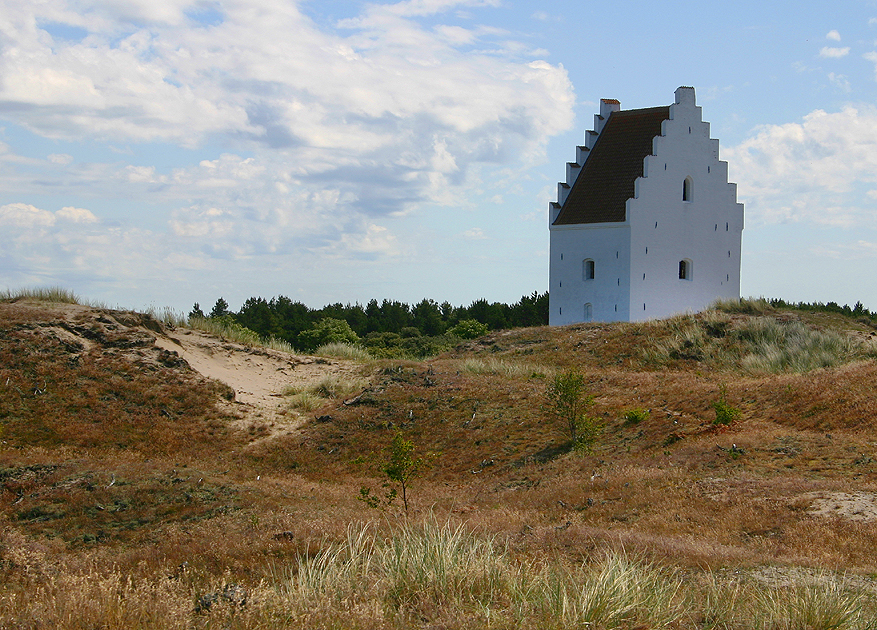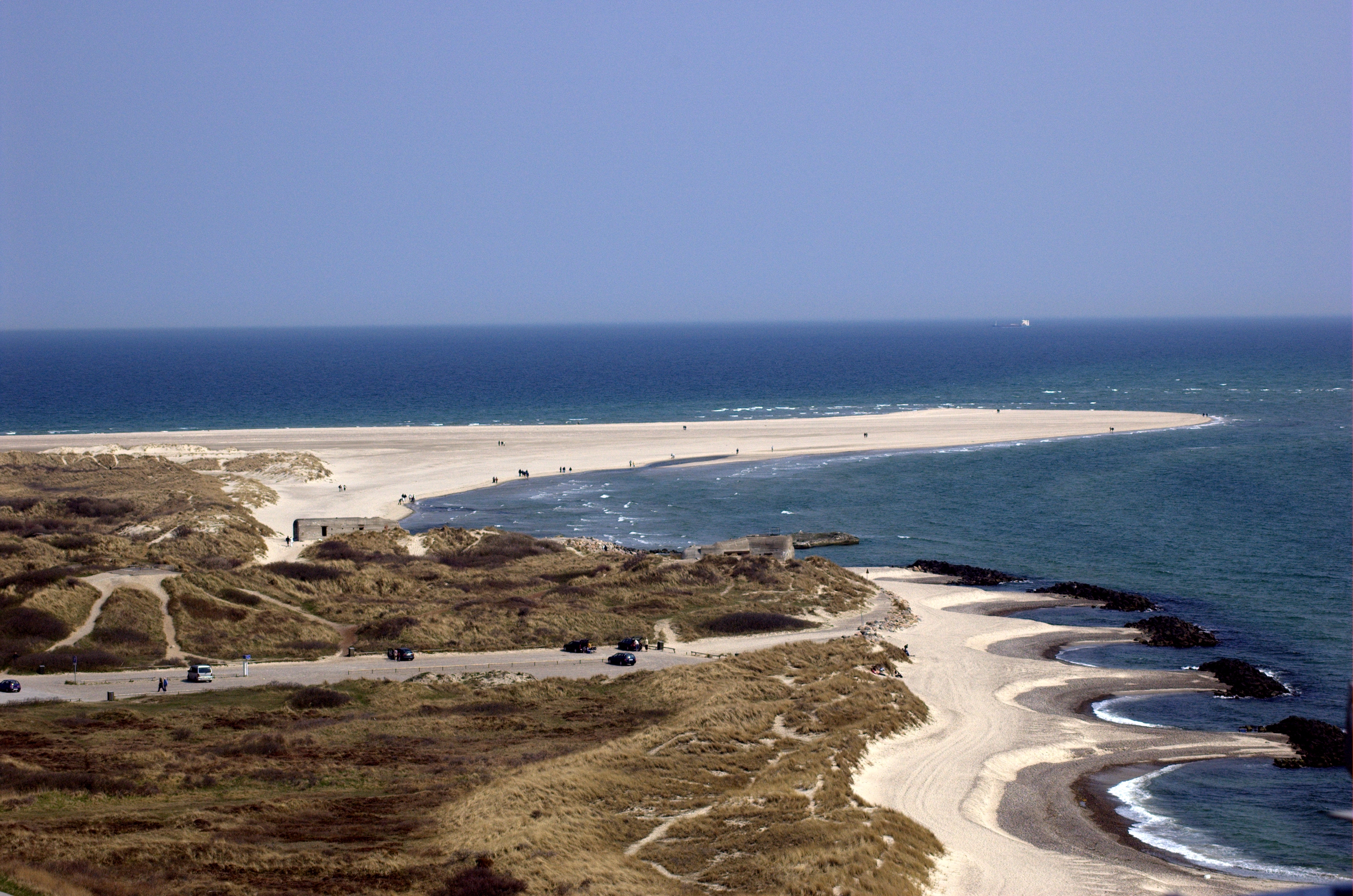|
Skagen Bunker Museum
Skagen Bunker Museum is a private museum near the tip of Grenen in the far north of Jutland, Denmark. It is located in an old German bunker of the Regelbau 638 type which was used during the Second World War as an infirmary for treating wounded soldiers. It is now fitted out as a small museum with uniforms, weapons and other artifacts. Description Located close to the spot where the Sand Worm (''Sandormen'') transports passengers to the end of Skagen Odde Skagen Odde, also Skagens Odde, sometimes known in English as the Scaw Spit or The Skaw, is a sandy peninsula which stretches some northeast and comprises the northernmost area of Vendsyssel in Jutland, Denmark.Museums in the North Jutland Region Buildings and structures in Skagen Defunct hospitals in Denmark Nazi subterranea World War II museums ... [...More Info...] [...Related Items...] OR: [Wikipedia] [Google] [Baidu] |
Skagen Bunkermuseum 1
Skagen () is Denmark's northernmost town, on the east coast of the Skagen Odde peninsula in the far north of Jutland, part of Frederikshavn Municipality in Nordjylland, north of Frederikshavn and northeast of Aalborg. The Port of Skagen is Denmark's main fishing port and it also has a thriving tourist industry, attracting 2 million people annually. The name was applied originally to the peninsula but it now also refers to the town. The settlement began during the Middle Ages as a fishing village, renowned for its herring industry. Thanks to its seascapes, fishermen and evening light, towards the end of the 19th century it became popular with a group of impressionist artists now known as the Skagen Painters. In 1879, the Skagen Fishermen's Association was established with the purpose of facilitating the local fishing industry through the Skagensbanen railway, which opened as a narrow-gauged railway in 1890. The modern port of Skagen opened on 20 November 1907, and with ... [...More Info...] [...Related Items...] OR: [Wikipedia] [Google] [Baidu] |
Grenen
Grenen is a long sandbar spit at Skagen Odde (the headland of Jutland), north of the town of Skagen. Overview ''Grenen'' (The Branch) was named for its shape like a tree-branch, reaching out from the mainland. The beach of Grenen appears in many of the works of the Skagen Painters, a community that gathered there every summer between 1875 and the end of the 19th century. The area is also home to the Skagen Odde Nature Centre, designed by Jørn Utzon. Near the tip of the spit are two small museums: Skagen Bunker Museum and Grenens Kunstmuseum. Danish national road 40 terminates at Grenen, and it is one of the most popular tourist destinations in the country, with approximately 2 million visitors each year. Nature Grenen marks the junction between the strait of Skagerrak (part of the North Sea) and the Kattegat sea, and the turbulent colliding seas have created a 4-km long curved sandbar above and below the waves stretching east. The reef is still active and has grown about 1 ... [...More Info...] [...Related Items...] OR: [Wikipedia] [Google] [Baidu] |
Jutland
Jutland ( da, Jylland ; german: Jütland ; ang, Ēota land ), known anciently as the Cimbric or Cimbrian Peninsula ( la, Cimbricus Chersonesus; da, den Kimbriske Halvø, links=no or ; german: Kimbrische Halbinsel, links=no), is a peninsula of Northern Europe that forms the continental portion of Denmark and part of northern Germany. The names are derived from the Jutes and the Cimbri, respectively. As with the rest of Denmark, Jutland's terrain is flat, with a slightly elevated ridge down the central parts and relatively hilly terrains in the east. West Jutland is characterised by open lands, heaths, plains, and peat bogs, while East Jutland is more fertile with lakes and lush forests. Southwest Jutland is characterised by the Wadden Sea, a large unique international coastal region stretching through Denmark, Germany, and the Netherlands. Geography Jutland is a peninsula bounded by the North Sea to the west, the Skagerrak to the north, the Kattegat and Baltic Sea to the ... [...More Info...] [...Related Items...] OR: [Wikipedia] [Google] [Baidu] |
Regelbau 638
Regelbau 638 was a German army standardized bunker. Before and during World War II, the Wehrmacht built several standardised bunkers and weapon positions in Germany and German-occupied countries. These buildings were called Regelbau, i.e. standardised buildings. Regelbau 638 was a small field hospital (''Kleiner Sanitätsunterstand''). A fully restored Regelbau 638 bunker can be seen at the museum, Fjell festning at Fjell Fortress outside Bergen, Norway and in Agde, France France (), officially the French Republic ( ), is a country primarily located in Western Europe. It also comprises of Overseas France, overseas regions and territories in the Americas and the Atlantic Ocean, Atlantic, Pacific Ocean, Pac .... In 2009–2010, this bunker was restored inside and supplied with authentic German hospital and sanitary equipment from World War II by the local voluntary society ''Fjell Festnings Militærhistoriske Samlinger''. References External links Regelbau 638 R ... [...More Info...] [...Related Items...] OR: [Wikipedia] [Google] [Baidu] |
Second World War
World War II or the Second World War, often abbreviated as WWII or WW2, was a world war that lasted from 1939 to 1945. It involved the vast majority of the world's countries—including all of the great powers—forming two opposing military alliances: the Allies and the Axis powers. World War II was a total war that directly involved more than 100 million personnel from more than 30 countries. The major participants in the war threw their entire economic, industrial, and scientific capabilities behind the war effort, blurring the distinction between civilian and military resources. Aircraft played a major role in the conflict, enabling the strategic bombing of population centres and deploying the only two nuclear weapons ever used in war. World War II was by far the deadliest conflict in human history; it resulted in 70 to 85 million fatalities, mostly among civilians. Tens of millions died due to genocides (including the Holocaust), starvation, ma ... [...More Info...] [...Related Items...] OR: [Wikipedia] [Google] [Baidu] |
Skagen Odde
Skagen Odde, also Skagens Odde, sometimes known in English as the Scaw Spit or The Skaw, is a sandy peninsula which stretches some northeast and comprises the northernmost area of Vendsyssel in Jutland, Denmark."Skagen Odde" ''Den Store Danske''. Retrieved 4 October 2013. Skagen Odde is reported to be one of the largest spit systems in , created by a continuous process of marine sand and gravel deposition, moved in a north-east direction by s. The width of the spit varies from 3 to 7 km (2 to 4 mi). [...More Info...] [...Related Items...] OR: [Wikipedia] [Google] [Baidu] |
Museums In The North Jutland Region
A museum ( ; plural museums or, rarely, musea) is a building or institution that cares for and displays a collection of artifacts and other objects of artistic, cultural, historical, or scientific importance. Many public museums make these items available for public viewing through exhibits that may be permanent or temporary. The largest museums are located in major cities throughout the world, while thousands of local museums exist in smaller cities, towns, and rural areas. Museums have varying aims, ranging from the conservation and documentation of their collection, serving researchers and specialists, to catering to the general public. The goal of serving researchers is not only scientific, but intended to serve the general public. There are many types of museums, including art museums, natural history museums, science museums, war museums, and children's museums. According to the International Council of Museums (ICOM), there are more than 55,000 museums in 202 ... [...More Info...] [...Related Items...] OR: [Wikipedia] [Google] [Baidu] |
Buildings And Structures In Skagen
A building, or edifice, is an enclosed structure with a roof and walls standing more or less permanently in one place, such as a house or factory (although there's also portable buildings). Buildings come in a variety of sizes, shapes, and functions, and have been adapted throughout history for a wide number of factors, from building materials available, to weather conditions, land prices, ground conditions, specific uses, prestige, and aesthetic reasons. To better understand the term ''building'' compare the list of nonbuilding structures. Buildings serve several societal needs – primarily as shelter from weather, security, living space, privacy, to store belongings, and to comfortably live and work. A building as a shelter represents a physical division of the human habitat (a place of comfort and safety) and the ''outside'' (a place that at times may be harsh and harmful). Ever since the first cave paintings, buildings have also become objects or canvasses of much artistic ... [...More Info...] [...Related Items...] OR: [Wikipedia] [Google] [Baidu] |
Defunct Hospitals In Denmark
{{Disambiguation ...
Defunct (no longer in use or active) may refer to: * ''Defunct'' (video game), 2014 * Zombie process or defunct process, in Unix-like operating systems See also * * :Former entities * End-of-life product * Obsolescence Obsolescence is the state of being which occurs when an object, service, or practice is no longer maintained or required even though it may still be in good working order. It usually happens when something that is more efficient or less risky r ... [...More Info...] [...Related Items...] OR: [Wikipedia] [Google] [Baidu] |
Nazi Subterranea
Nazism ( ; german: Nazismus), the common name in English for National Socialism (german: Nationalsozialismus, ), is the far-right totalitarian political ideology and practices associated with Adolf Hitler and the Nazi Party (NSDAP) in Nazi Germany. During Hitler's rise to power in 1930s Europe, it was frequently referred to as Hitlerism (german: Hitlerfaschismus). The later related term "neo-Nazism" is applied to other far-right groups with similar ideas which formed after the Second World War. Nazism is a form of fascism, with disdain for liberal democracy and the parliamentary system. It incorporates a dictatorship, fervent antisemitism, anti-communism, scientific racism, and the use of eugenics into its creed. Its extreme nationalism originated in pan-Germanism and the ethno-nationalist '' Völkisch'' movement which had been a prominent aspect of German nationalism since the late 19th century, and it was strongly influenced by the paramilitary groups that emerged after ... [...More Info...] [...Related Items...] OR: [Wikipedia] [Google] [Baidu] |




